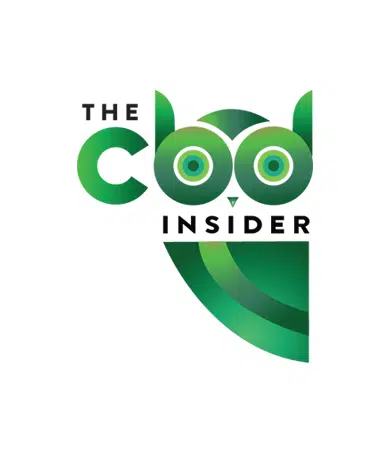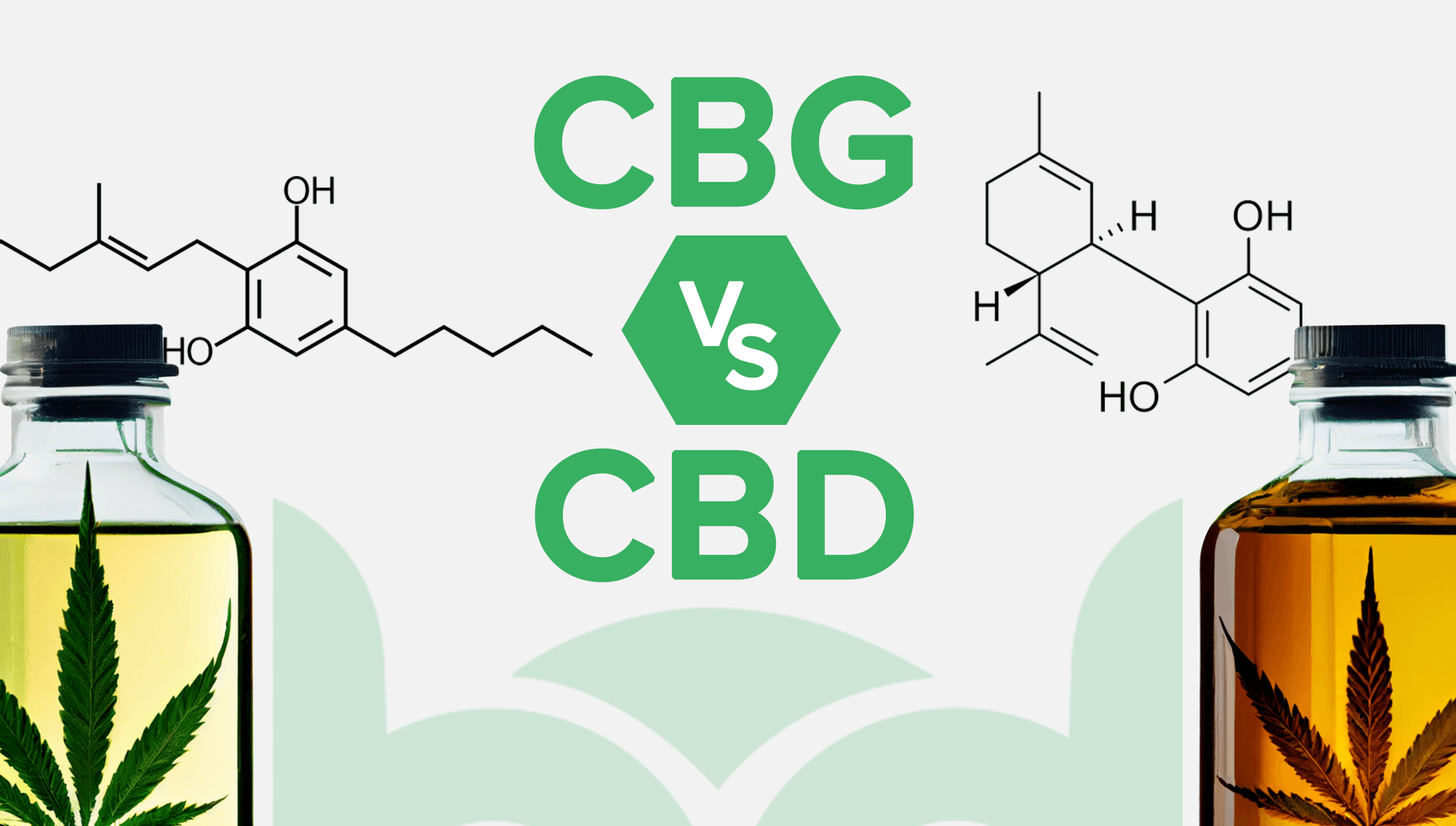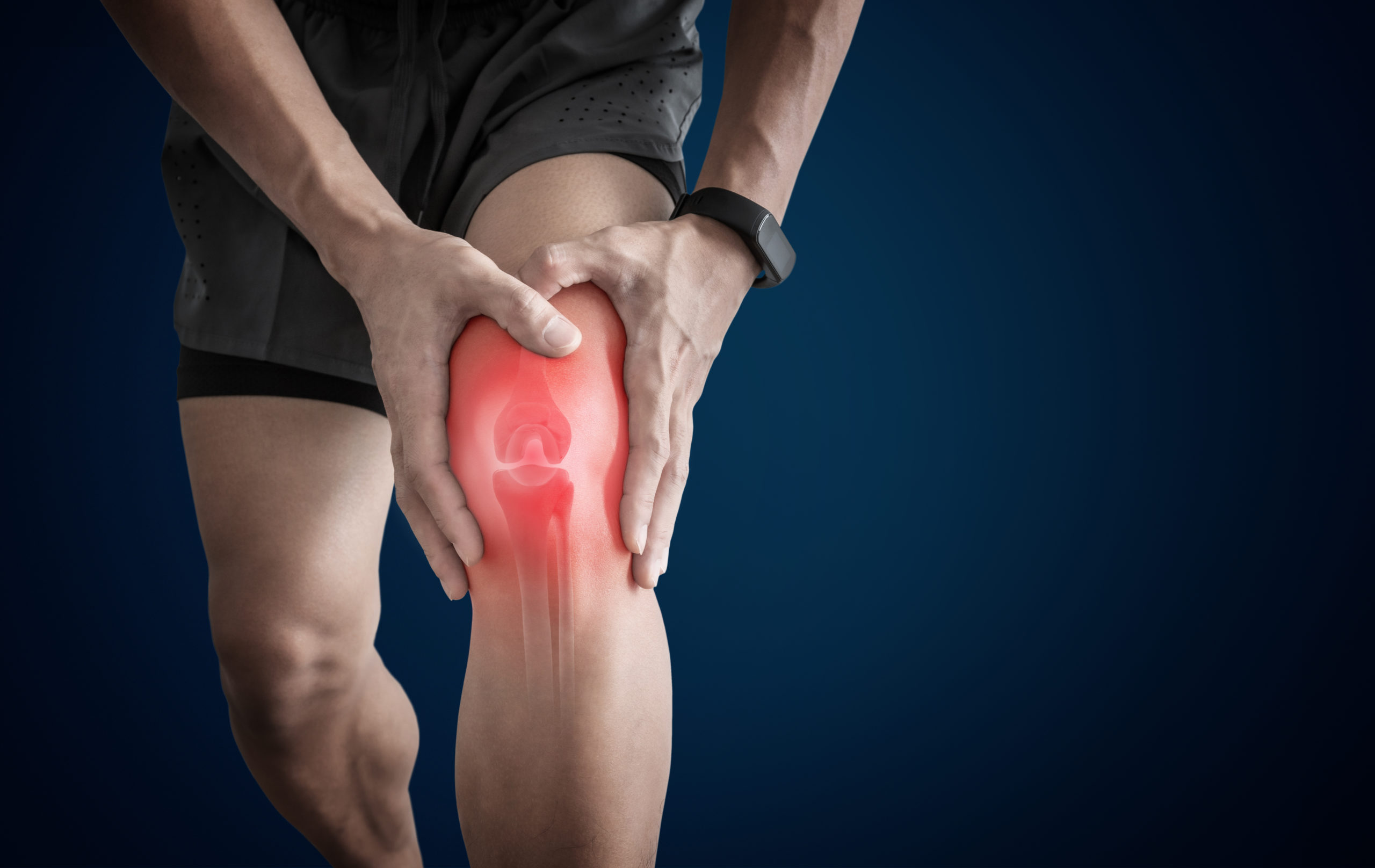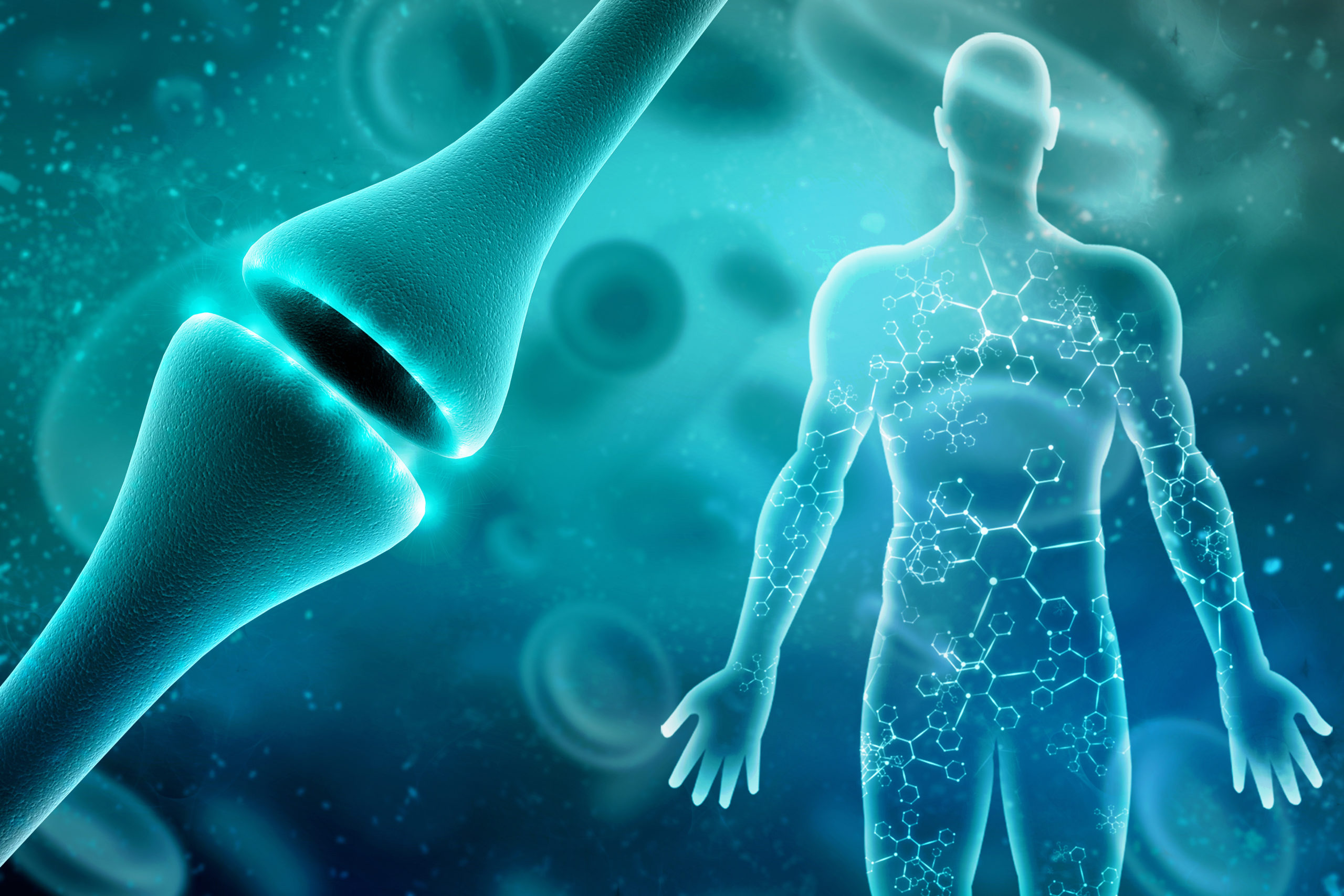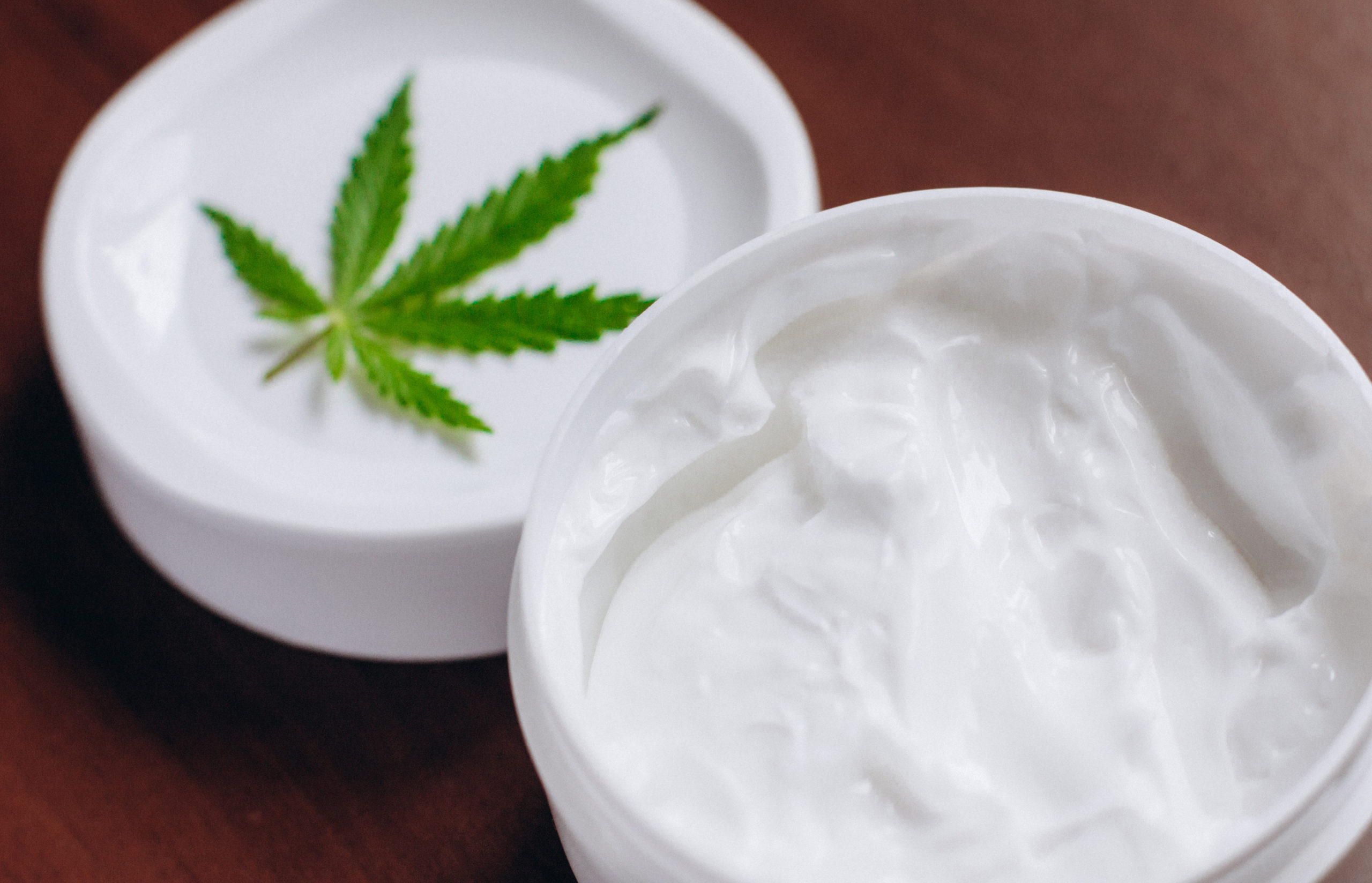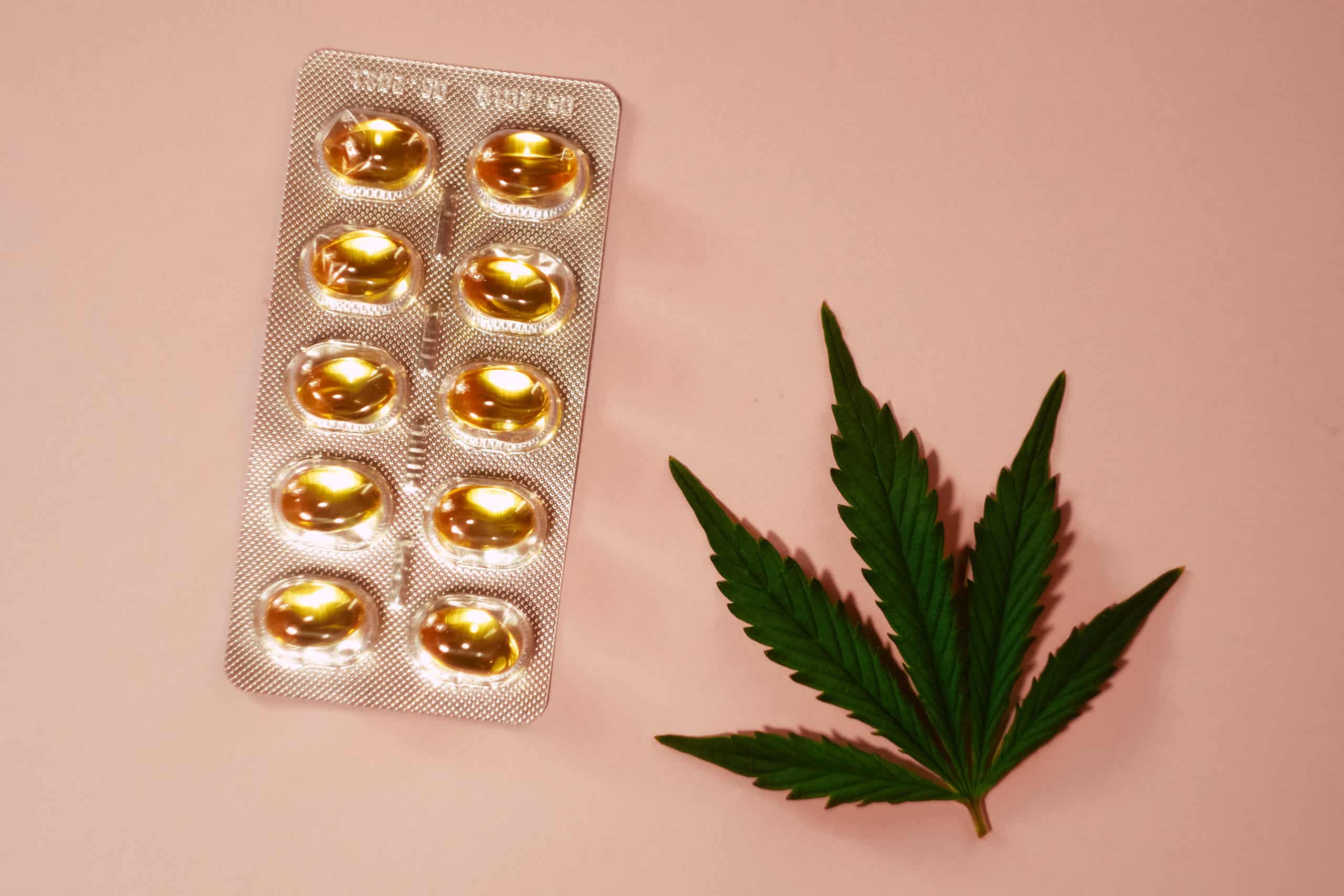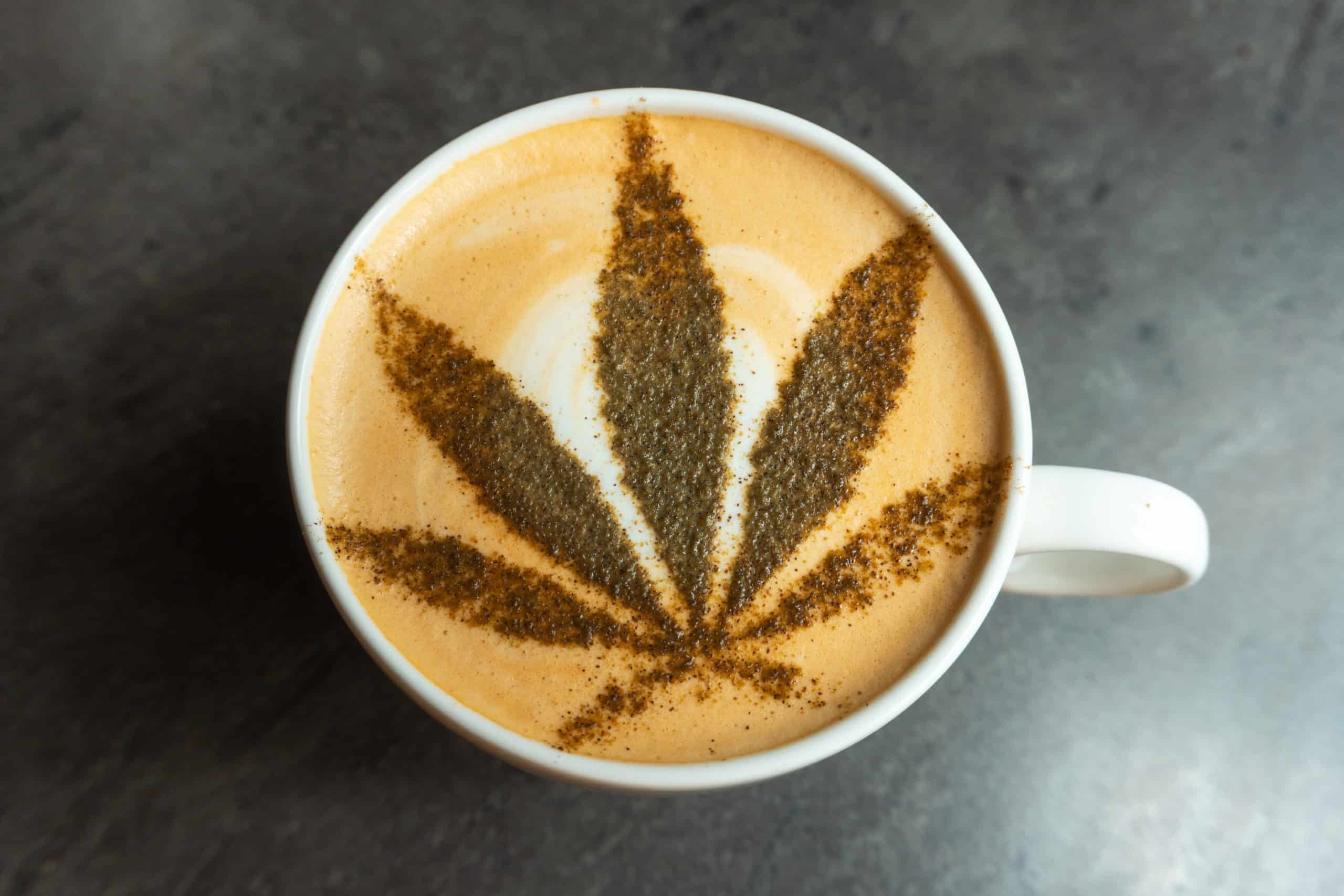-
- Market Research
- |
- CBD Near Me
- |
- Giveaways
- |
- Newsletter
- |
- Contact
- |
- Advertise
- |
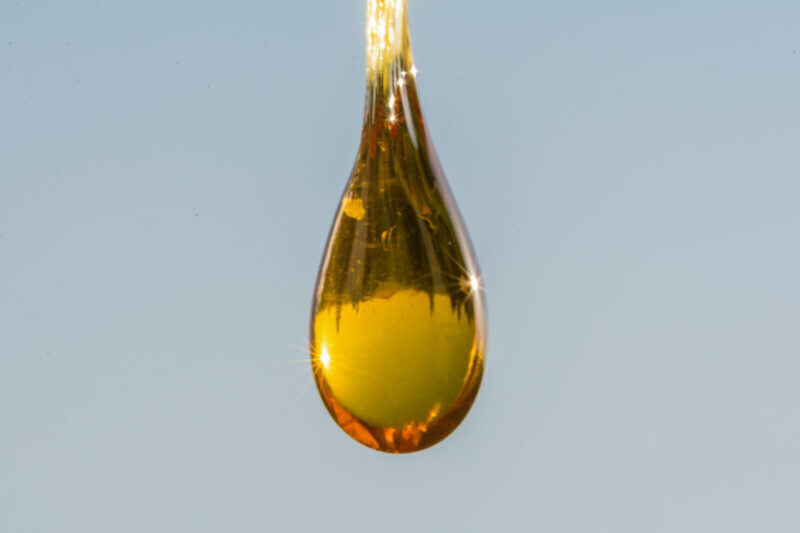
Chances are that you have encountered the term CBD distillate if you’re a CBD user. This may sound like the other lab terminology that you may disregard as irrelevant, but CBD distillate is one that is worth taking a moment to learn about.
So, what is CBD distillate? This viscous liquid, with its honey-like appearance, is one of the most common CBD extracts that brands use in their products. CBD distillate is a highly concentrated form of CBD (usually 80% CBD or more). Distillate has quickly gained popularity with CBD brands due to its versatility, purity, and potency.
The process of distillation involves the selective separation of compounds from a liquid. This separation occurs by precisely heating the liquid to a specific boiling point for the particular compound a brand wants to isolate. With the proper equipment set up and temperature, the targeted compound begins to boil, condensate, and collect in a separate container.
History of Distillation
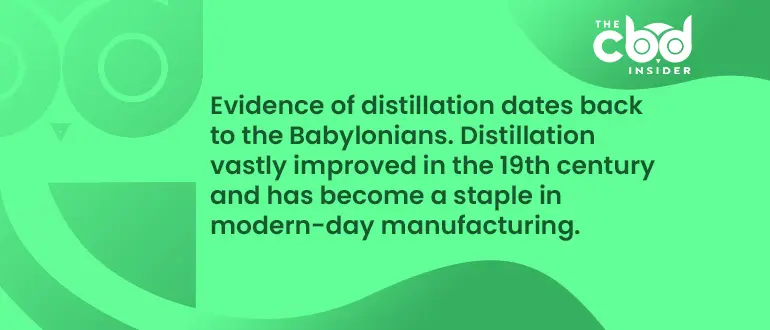
People have been practicing the science of distillation long before CBD products were all the rage. Scientists have uncovered evidence of early Babylonian alchemists incorporating distillation techniques over 3,200 years ago. Distillation techniques have been evolving ever since then.
During the 19th century, distillation practices improved tremendously. Distillation has become a staple in many modern-day industrial manufacturing settings. The use of distillation can be found across applications such as refining petroleum, food processing, chemical production, and even desalination of saltwater (removal of salts and other minerals to produce potable water).
More recently, distillation techniques have proven to be a vital tool in the cannabis and hemp markets. Distillation grants the ability for lab technicians to isolate various compounds found in cannabis and hemp plants. This allows brands to create some of the highly concentrated CBD and THC products that are on the market today.
Aside from increasing compound concentration levels, distillation has also opened the door for brands to offer new form factors of cannabinoid delivery. Before brands began extracting via distillation, the selection of CBD and THC products was significantly smaller. Distillate-based products like vapes, waxes, and shatters have gained immense popularity in recent years, partially due to advancements in the distillation of cannabinoids.
How is CBD Distillate Produced?
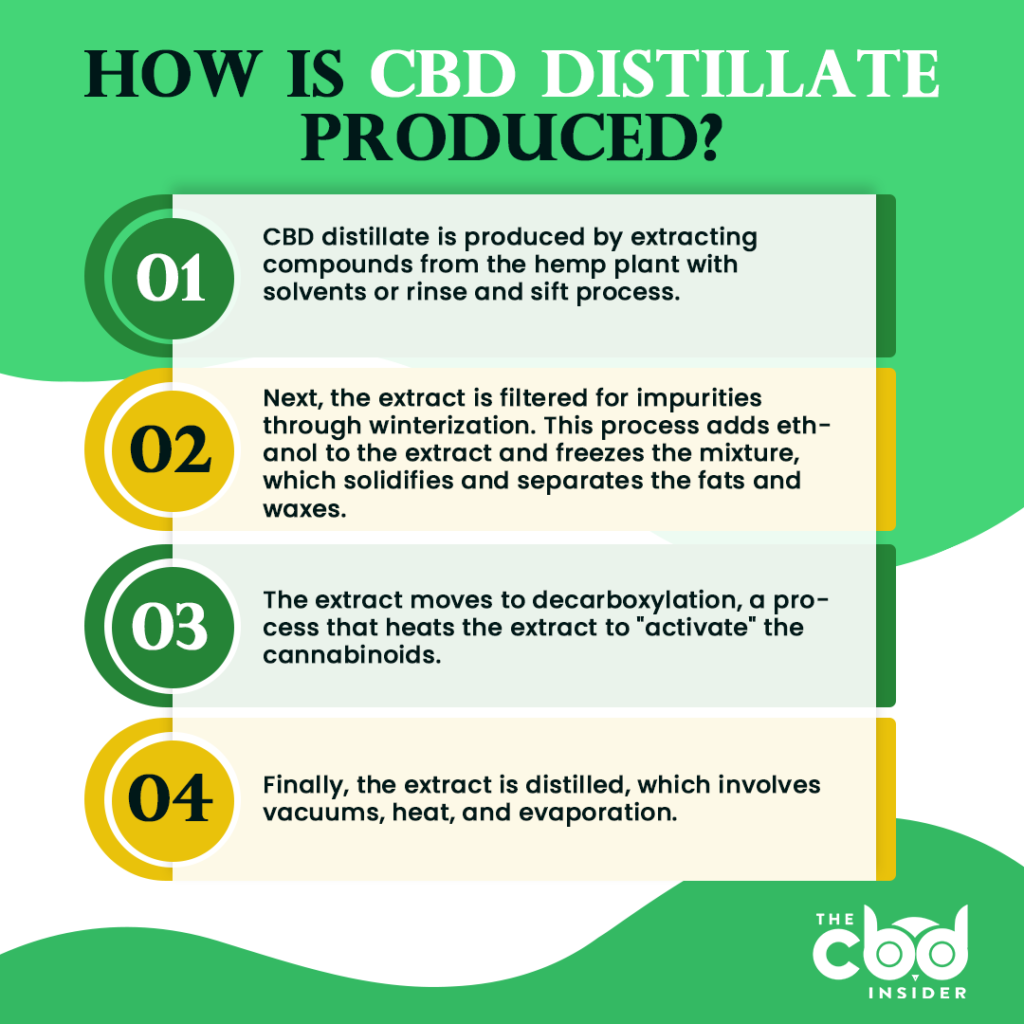
CBD distillate is produced with a multi-step process.
Crude Extraction
Once a lab has selected the hemp flower from which they want to extract CBD, they will begin the crude extraction process. This process can be accomplished through a rinse/sift process or with solvents.
The completed crude extract ends up as an insanely sticky liquid that is dark green to yellow appearance. The plant’s chlorophyll produces the rich colors. Crude extract packs a pungent scent that is often described as “earthy.”
Winterization
Once lab technicians have extracted the crude material from the plant matter, they must then filter out impurities through a process called winterization. Winterization requires creating a solution of high-purity ethanol and crude extract. Once these two are adequately mixed, the mixture is stored in a laboratory-grade freezer for 24-48 hours.
This process causes the fats and waxes to solidify and separate from the extracted CBD within the mixture. Technicians then dispose of the gelatinated impurities. The final step of winterization utilizes rotary evaporation. This is typically conducted with a piece of equipment called a Rotovap. These machines use a system of vacuum and pressure controls to expedite evaporation of the remnant ethanol.
Decarboxylation
While the name may seem intimidating, decarboxylation (also known as “decarbing”) is the act of precisely raising the temperature of the mixture to activate the cannabinoids.
CBD (and many other cannabinoids) begin their life as CBD-A. This added “A” represents the naturally occurring acidic state of CBD. Cannabinoids in an acidic state are not considered active until the acid has been removed through decarboxylation. Only after CBD-A is activated through decarboxylation does it become capable of delivering the potential benefits. It is during this step that CBD-A becomes CBD and is then considered active.
Distillation
Typically, the final step of creating CBD distillate is the actual process of distillation. This is a process that implements vacuums, heat, and evaporation. This is typically conducted in a lab setting using complex and expensive CO2 extraction systems by companies like Apeks Supercritical or Eden Labs LLC.
Each cannabinoid has a specific boiling point. For example, the boiling point of CBD is 356℉, while Δ-9 THC has a boiling point of 315℉. Extraction equipment allows for the precision heating of the extracted oil to the boiling point of the targeted cannabinoid.
In the case of supercritical CO2 extraction, the particles of an isolated cannabinoid are suspended within liquified CO2. From here, the cannabinoids suspended in the CO2 move throughout a complex system of vacuums, pressure regulation valves, separators, condensers, coolers, and, lastly, a collection vessel.
THC Remediation
This is an optional step taken by some brands to offer a completely THC-free product. The most commonly used method to remove THC from distillate is called reversed-phase flash chromatography. This involves feeding the distillate into silica-filled columns, which fractionates THC from the rest of the distilled product.
Types of CBD Distillate
There are two types of CBD distillate that we’ll cover here:
Full Spectrum
Full-spectrum CBD distillate is easily one of the most popular types of distillate. It is also one of the most commonly used by CBD brands. Full-spectrum CBD distillate maintains the closest natural cannabinoid and terpene profile available in distillate form. Products utilizing full-spectrum distillate offer the greatest potential for users to experience the entourage effect.
Some users of full-spectrum CBD distillate describe it as having an “earthy” taste. That’s due to full-spectrum the extract retaining some plant matter like chlorophyll and waxes.
Broad Spectrum
Broad-spectrum CBD distillate, or THC-free distillate, is typically not as sought after as full-spectrum products. However, there is undoubtedly a place for it within the market. Broad-spectrum CBD distillate has undergone THC remediation to remove any traces of THC from the final product.
While users may not experience the entourage effect due to the removal of various cannabinoids, broad-spectrum-based CBD products are a must-have for some users. CBD users who are sensitive to THC, prescribed medications that may interact with THC, or undergo drug testing frequently opt for broad-spectrum products.
CBD Distillate Pros and Cons
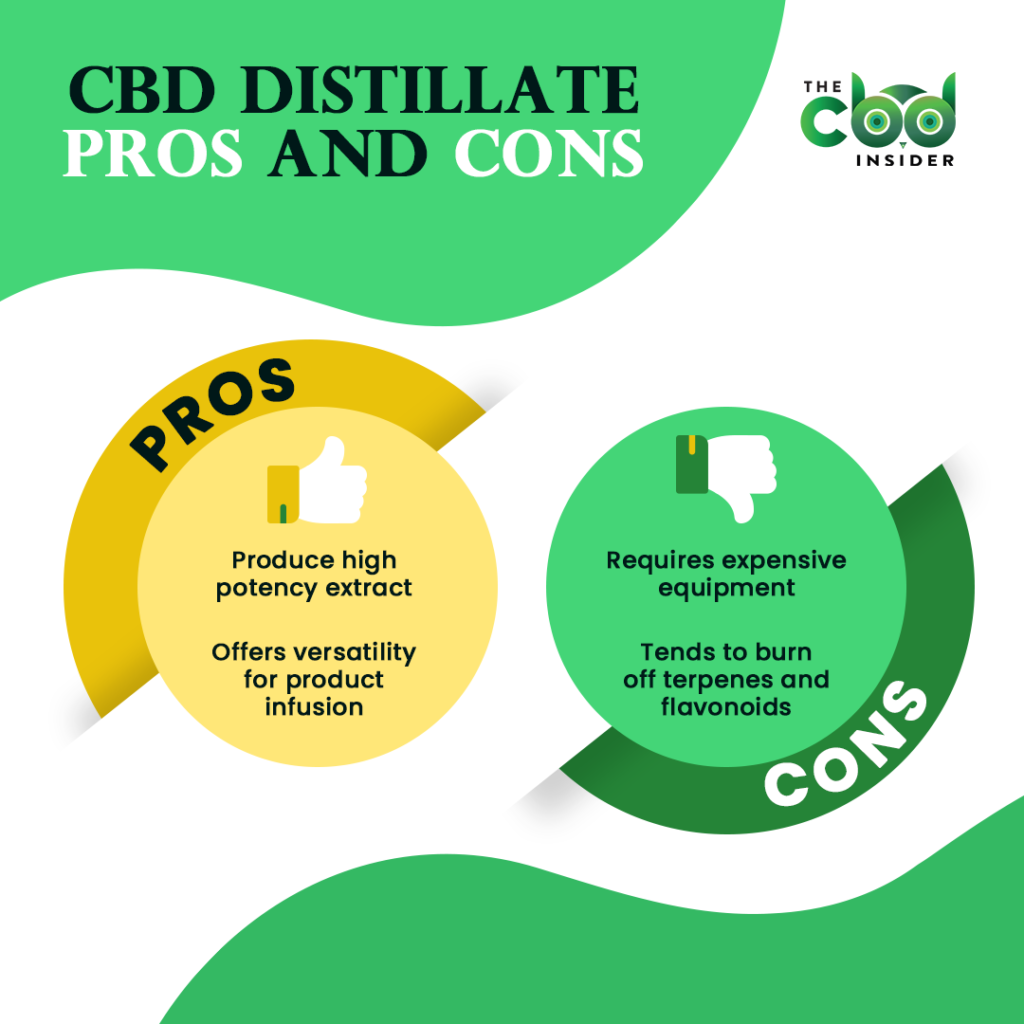
There remains a debate amongst brands and users regarding the pros and cons of CBD distillate.
CBD Distillate Pros
The benefits of CBD distillate stand out to both manufacturers and users. Many brands agree that CBD distillate’s ability to render higher potency products (in terms of CBD content) is one of its biggest selling points.
Other extraction methods often require the use of extremely high-potency hemp flower to acquire high CBD concentration levels. On the other hand, distillation methods have made it possible for labs to extract high concentrations of CBD from hemp that only has average potency.
CBD distillate is also known for its versatility when it comes to product infusion. Brands with a large selection of CBD product categories frequently opt to use CBD distillate because of how easily it can be incorporated into different types of products.
CBD Distillate Cons
CBD distillate doesn’t come without some criticism. Brands often complain about the complex nature of distillation equipment. Along with intricate lab-grade equipment comes the concern of cost. The case is no different with CBD distillation equipment. Most modern industrial-scale distillation setups can cost well over $250,000 for the initial package. This does not even include the trained lab technician that is needed to operate the equipment.
Another frequently touted negative of CBD distillate is terpene and flavonoid degradation. Frequently, brands have to add terpenes into their finalized CBD distillate. This is because many terpenes are often burned off during the distillation process. The community is divided on the argument of added terpenes being equivalent to that of naturally occurring terpenes.
Does My Product Contain CBD Distillate?
If you’re curious to know what type of CBD extract was used in your CBD product, the first thing you can do is check the product’s label. Most brands are very transparent with this information, but if it is not available on the label, then the brand’s website is another excellent source for this type of information.
Another location where you may find the type of extract that was used in your product is the certificate of analysis (COA).
If you’re still coming up empty-handed, you should reach out to the brand and ask. Most brands are very proud of their products and will be more than happy to discuss their production methods and answer any questions you may have.
If you find that your product was not made using CBD distillate, this does not mean that it is a bunk product. There are many legitimate extraction methods that CBD brands may use in their product lines. If you ask the brand why they use a particular extract, you will almost certainly receive a justified response.
Conclusion
If you are wondering why you should choose a CBD distillate-based product over others, there is no cut and dry answer. Much of this comes down to personal preference. Though there is no scientific rationale behind choosing CBD distillate over other extracts, there are situations where you may have no choice. Typically, products with a high CBD concentration, as well as vape products, are produced using CBD distillate.
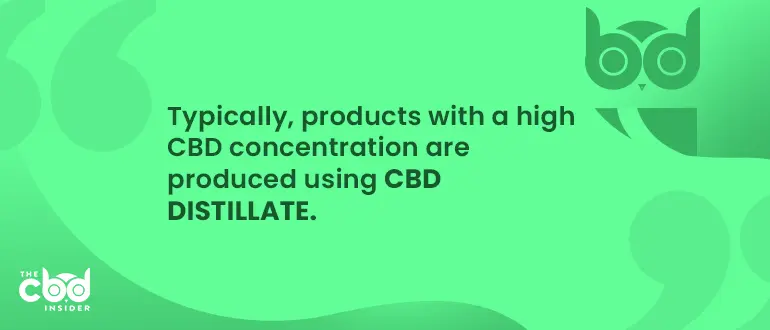
If you’re still not sure which you should use, we recommend testing each individually. This approach will not only allow you to determine which extract works best for you, but it will also help you become a more experienced CBD user.
As always, we recommend taking a moment to sign up for our newsletter for the most up-to-date information on CBD extracts, CBD products, and CBD news.

